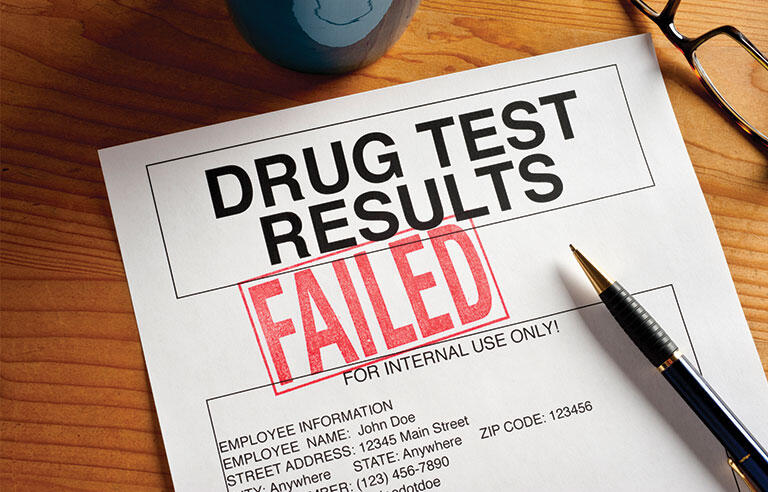The 2021 national enforcement mobilization “Drive Sober or Get Pulled Over” goes into effect across the country from Aug. 18, 2021 to Sept. 6, 2021. One of the deadliest and most often committed – yet preventable – of crimes (impaired driving), has become a serious safety epidemic in our country.
With the end of summer comes Labor Day weekend, which in years past has signaled one last trip to finish out the summer. As it turns out, this year does not look much different, despite the COVID-19 pandemic — except for the places Americans plan to travel. Given that many locations around the country have instituted a 14-day quarantine for new arrivals and some countries have banned Americans altogether, travelers are essentially opting for the locations that will have them. A study from Tripit comparing Labor Day air line bookings this year vs. last year shows that traditionally popular destinations have been replaced with warm-weather destinations that also happen to be pandemic hot spots.
Unfortunately, the holiday weekend also means an increase in road traffic, with many flocking to the beaches and to visit family and friends for the long weekend.
Increased traffic means an increased likelihood of vehicle crashes, and the festive nature of the weekend, unfortunately, lends itself to instances of drunk driving. To keep people safe on the streets, the U.S. Department of Transportation’s National Highway Traffic Safety Administration (NHTSA) wants to make sure this busy travel period is a safe one, which is why we’re partnering with law enforcement nationwide for the Drive Sober or Get Pulled Over enforcement campaign from August 21 through September 7, 2020, to help put a stop to alcohol-impaired driving.
Labor Day Driving Trips from America’s Road Team
The first step towards a safe trip begins in the driveway.
• Do a "walk around" before leaving: Check your vehicle's tires, wipers and fluids. Have your radiator and cooling system serviced.
• Plan ahead: Before you get on a highway, know your exit by name and number, and watch the signs for the exit as you near it. Drivers making unexpected lane changes to exit often cause accidents.
• Get a map or program your GPS: Surprisingly, few motorists use maps, even when driving through unfamiliar areas. Knowing the road is essential for safe driving -- it allows you to anticipate the road ahead and avoid a panicky search for directions.
• Leave early and avoid risks: Leave early so you won't be anxious about arriving late and to accommodate delays. Know your limitations: don't drive when tired, upset, or physically ill. Never try to gain a few seconds by attempting a risky maneuver.
• Be aware of trucks’ blindspots: When sharing the road with large trucks, be aware of their blind spots. If you can't see the truck driver in his or her mirrors, then the truck driver can't see you.
• Expect the unexpected: Look 1/4 mile ahead for a safe path. Leave yourself an out.
• Make sure your phone is connected to the Bluetooth of your vehicle and you are talking hands free. Limit cell phone use to a minimum and pull off to a designated parking area to use your cell phone if the call is going to be prolonged. Make sure you are NOT on your phone in work zones.
• Signal your intentions: To change lanes, signal ahead of time so other drivers can respond. If a truck is signaling to change lanes, allow it space to do so. Often, it is trying to avoid another vehicle.
• Do not cut in front of large trucks: Remember that trucks are heavier and take longer to make a complete stop, so avoid cutting quickly in front of them.
• Yield: On entrance ramps, remember highway traffic has the right of way; maintain proper speed, use smooth merging techniques, and don't slow down in front of a truck.
• Never stop on the highway: The most dangerous speed on a highway is zero. Stopped vehicles, even on the shoulder, create a severe hazard for themselves and others. If you are stopped for emergency purposes, understand that big trucks cannot always stop to assist you, but most will use their radios to contact the police or highway patrol if they see you are in trouble.
• Watch your gas gauge: To save fuel, take direct routes, minimize side trips, and keep a steady speed. Further, a well-tuned engine, properly inflated tires and reduced speed will result in noticeable fuel savings. Have at least a quarter of a tank of gas before you get on a highway. Traffic tie-ups can use a lot of fuel -- and may leave you stranded.
• Construction zone: Stay alert in work zones. Traffic may move more slowly, and lanes may be temporarily closed. Obey informational signs located within the work zone.
The America's Road Team would like to remind the motoring public that from driveway to highway, safety requires patience and dedication.
Over 85,000 Reported to Drug and Alcohol Clearinghouse Since January 2020
According to the July 1 update from the Federal Motor Carrier Safety Administration’s Drug and Alcohol Clearinghouse, some 85,745 drug and alcohol violations have been reported to the Clearinghouse since it went live on January 6, 2020.
Of the drivers who have reported violations, only 14,597 have completed the process to be qualified to drive a commercial motor vehicle again.
Over one half of the total violations are positive drug tests for marijuana. The next three highest positive test results were for cocaine, methamphetamines, and amphetamines. A total of 3,454,199 queries on drivers have been conducted since January 2020.










